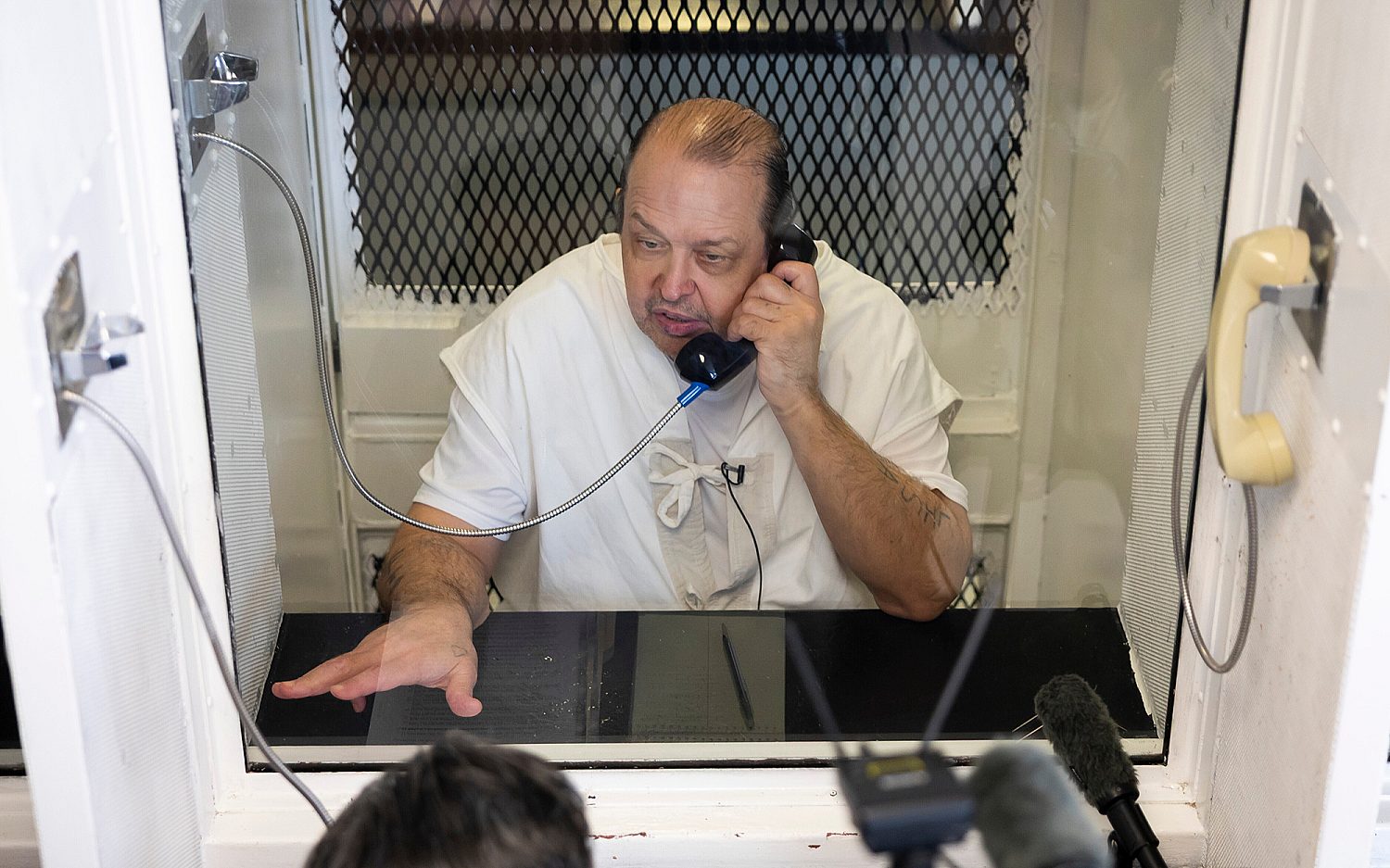Risk of friendly fire is as old as warfare
The recent deaths of five Americans killed in a U.S. airstrike in Afghanistan stand as a fresh reminder of the dangers of friendly fire, an element of war older than the nation.
In 1758, during the French and Indian War, a detachment of the British Army led by Col. George Washington got into a firefight with a fellow infantry unit that had arrived to offer assistance. At dusk on a foggy day, they apparently mistook each other for French forces, and at least 13 British troops were killed.
During the Civil War, Confederate Lt. Gen. Thomas “Stonewall” Jackson died of pneumonia eight days after being hit by friendly fire during the Battle of Chancellorsville in Virginia.
During World War II, Army Lt. Gen. Lesley McNair died when an errant Allied bomb struck his position as the Allies struggled to break out from Normandy.
In Vietnam, helicopter gunships killed U.S. troops on Hamburger Hill.
Today, the basic challenge remains the same: distinguishing between friend and foe.
Better training and the precision of modern weapons have helped to reduce fratricide but can’t completely eliminate the risk, said retired Army Col. Peter Mansoor, a professor of military history at Ohio State University: “War is a very human endeavor, and mistakes inevitably will occur.”
Some examples of friendly fire incidents in recent history:
2004: Afghanistan. Former NFL star-turned Army Ranger Pat Tillman was killed in Afghanistan on April 22, 2004. The military said officers knew within hours that his death was from friendly fire but violated regulations by not telling Tillman’s family or the public for five weeks. Details later emerged that Tillman was close enough to see the men shooting at him. His fellow soldiers were ordered not to discuss his death.
2003: Iraq. On one of the Iraq war’s deadliest days for American troops, as many as 10 Marines were killed by U.S. airstrikes ordered by a Marine air controller who mistook their vehicles for enemy forces. The Marines’ unit requested close air support during a heavy firefight with Iraqi forces. Two A-10 attack jets were cleared by the air controller to fire on their vehicles, not realizing they were Americans.
1991: Iraq. Nine British soldiers were killed on Feb. 17, 1991, when two U.S. Air Force A-10 attack aircraft fired on their armored personnel carriers in southern Iraq, mistaking them for an Iraqi target the Americans were trying to destroy 13 miles to the east. In all, 35 Americans and nine British troops were killed by friendly fire in the Gulf War. The Americans killed represented nearly one-quarter of the total 148 U.S. combat deaths.
The Associated Press contributed to this report.
An actual newsletter worth subscribing to instead of just a collection of links. —Adam
Sign up to receive The Sift email newsletter each weekday morning for the latest headlines from WORLD’s breaking news team.




Please wait while we load the latest comments...
Comments
Please register, subscribe, or log in to comment on this article.